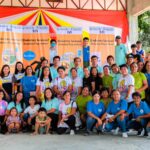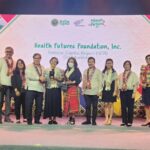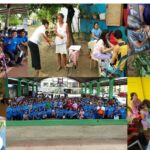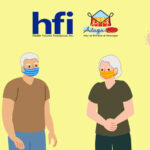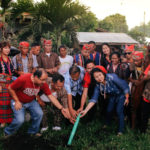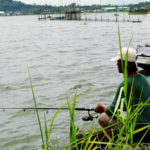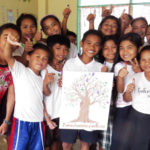The far distance of healthcare infrastructures and the lack of health professionals serving in far-flung areas are key factors why many Filipinos die without seeing a doctor.
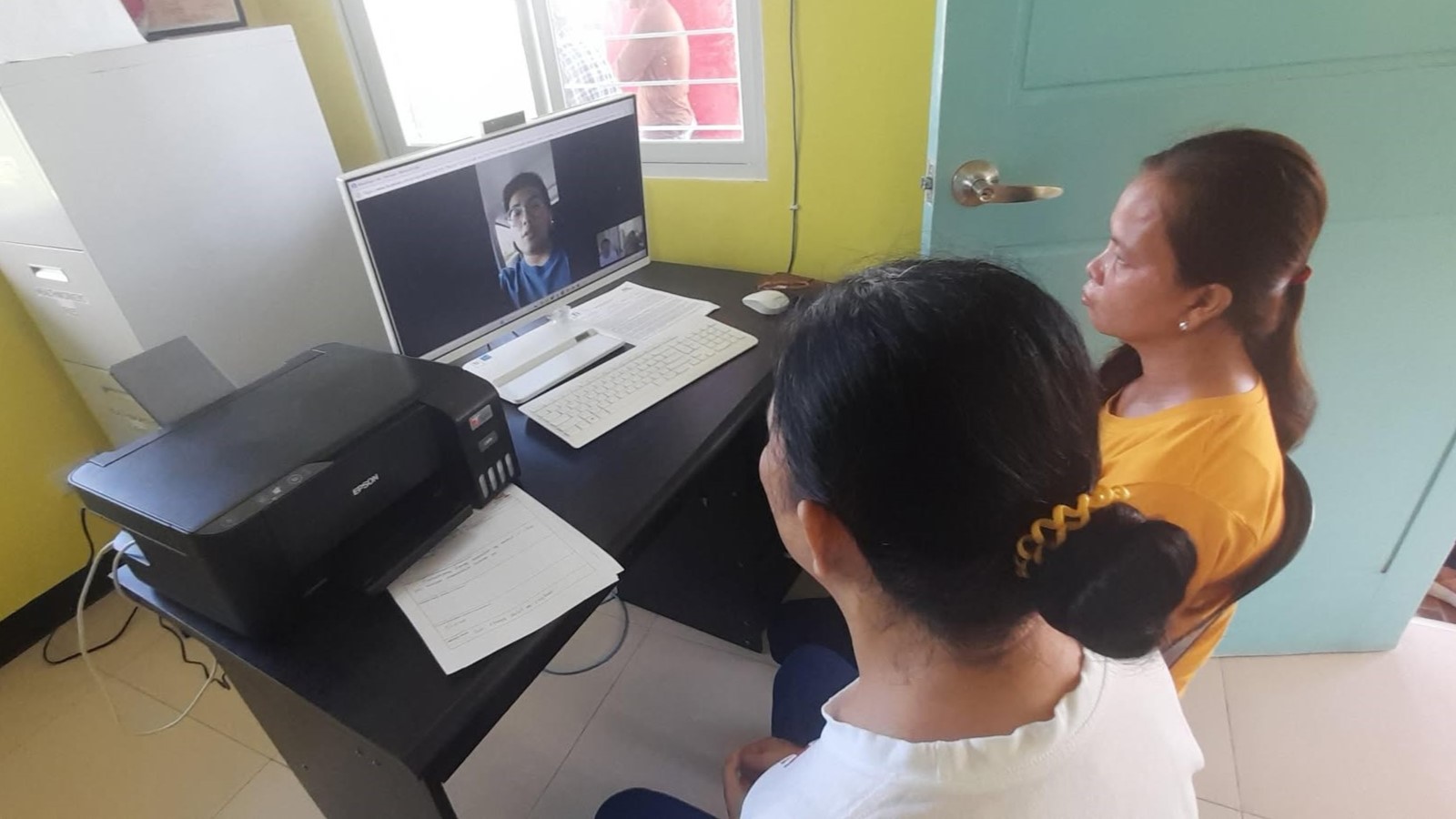
The drive towards greater equity and access to basic health care is parlaying of improved internet connectivity in the provision of basic health care through teleconsultation. Given impetus during the COVID-19 pandemic, online or teleconsultation can help bridge the gap in health services delivery even in remote areas as long as there is internet access. Working with communities and local government units, the Alay sa Ginhawa at Kalusugan (ALAGA KA) Program of Health Futures Foundation, Inc (HFI) seeks to take advantage of this opportunity for more accessible health care, one village at a time.
Computer Literacy Training
HFI’s ALAGA KA Program provides communities with access to primary health care services by constructing fully-equipped barangay health stations (BHS) and implementing a community-based health and wellness program (CBHWP). The CBHWP is led by a Community Health Nurse (CHN) who, aside from serving as a health care provider, organizes the community and trains Barangay Health Workers (BHWs) and Health Cluster Leaders (collectively referred to as Community Volunteer Health Workers or CHWs) on relevant health and wellness topics, health education & promotion, and community mobilization.
To keep up with the times, the CHNs help capacitate CHWs in the use of computers and basic word processing. As frontliners in providing primary health care services, they learn to process health-related data and create visual aids for their health education and promotion activities. In the barangays of Maasin in Tarlac and Recuerdo in Nueva Ecija, HFI builds on basic digitalization by exploring the possibility of holding teleconsultations in the BHS. Through linkage with physician-providers and training of BHWs, this becomes possible.
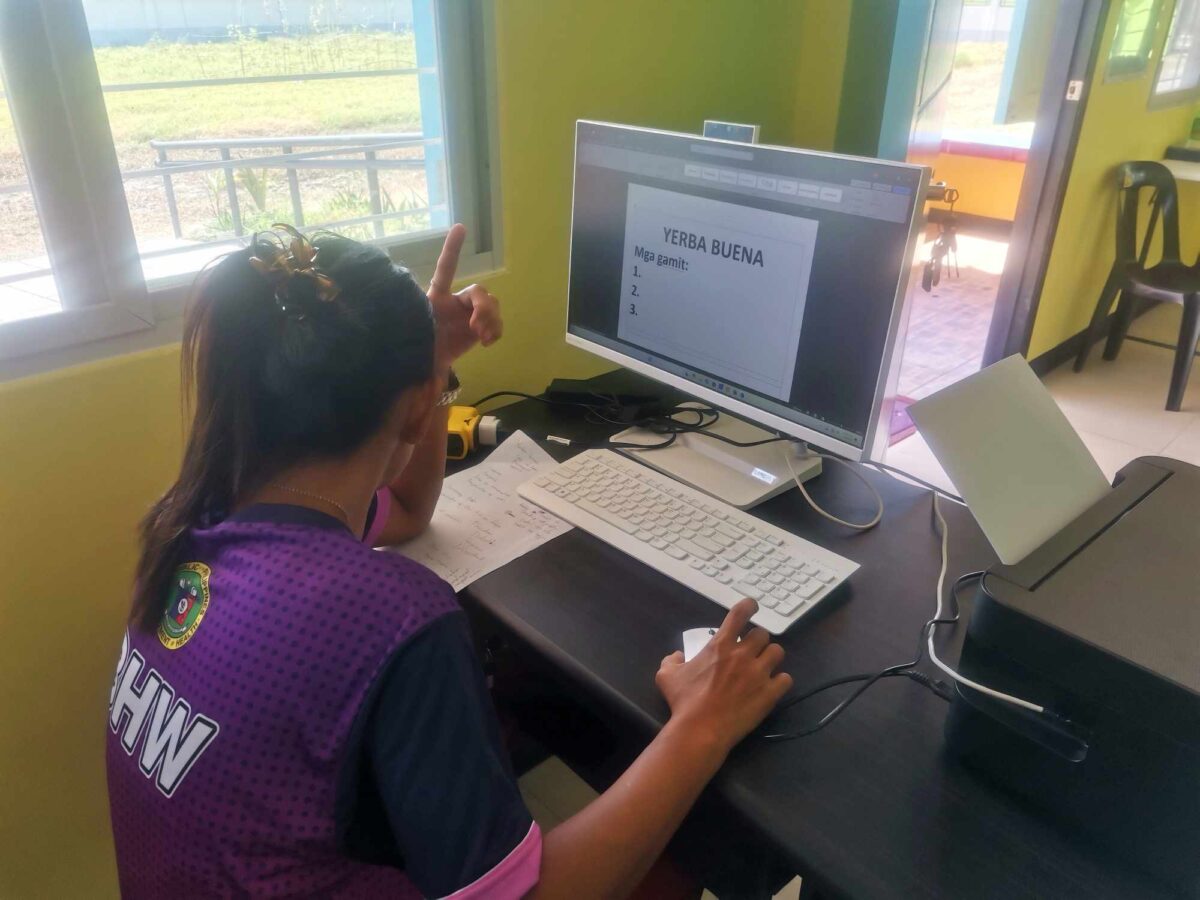
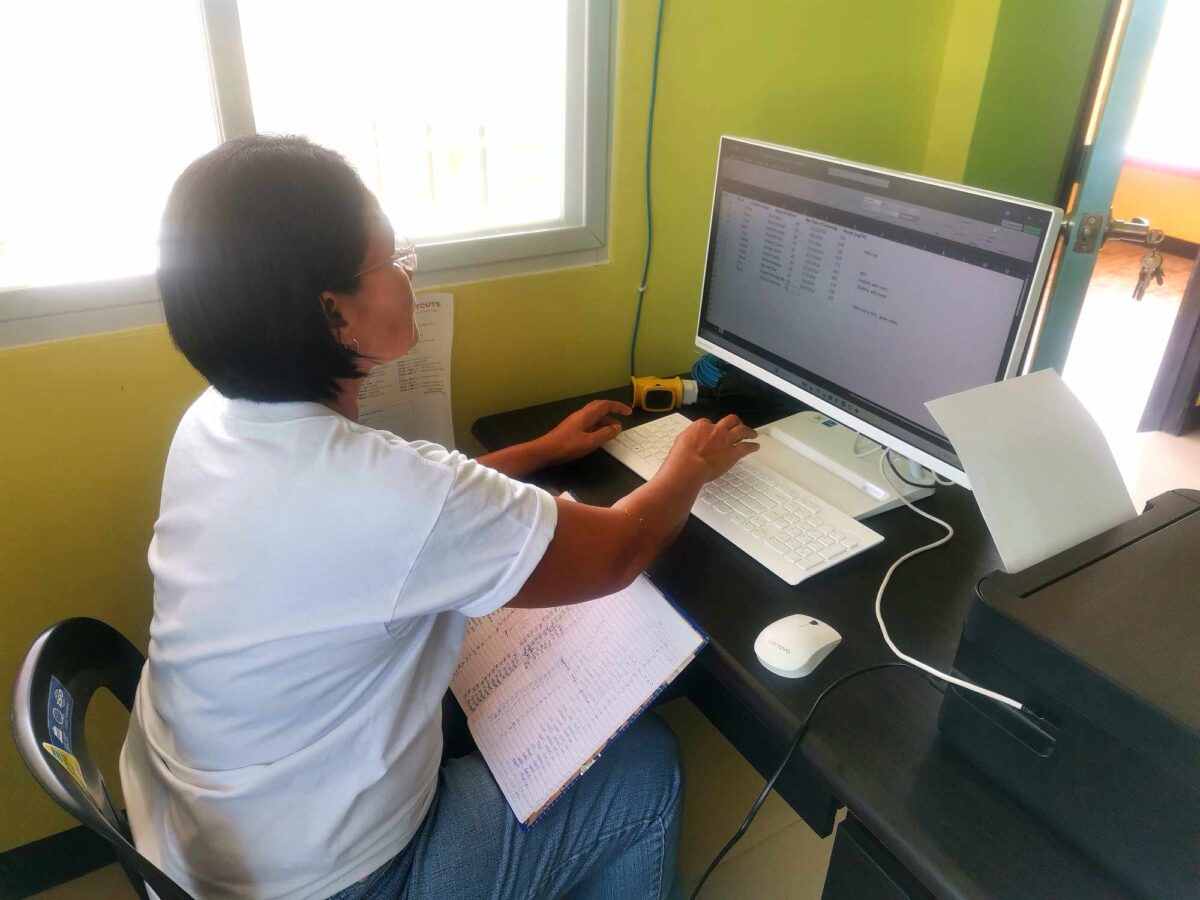
Preparations for the teleconsultations
Before holding the training on teleconsultation, the CHNs in Maasin and Recuerdo conferred with their respective Municipal Health Officers (MHO) about the mechanics of the teleconsultation. This step ensured coherence with the guidelines and system of the Rural Health Units (RHUs), including the process of referring patients to the RHUs for continuity of care after the teleconsultation.
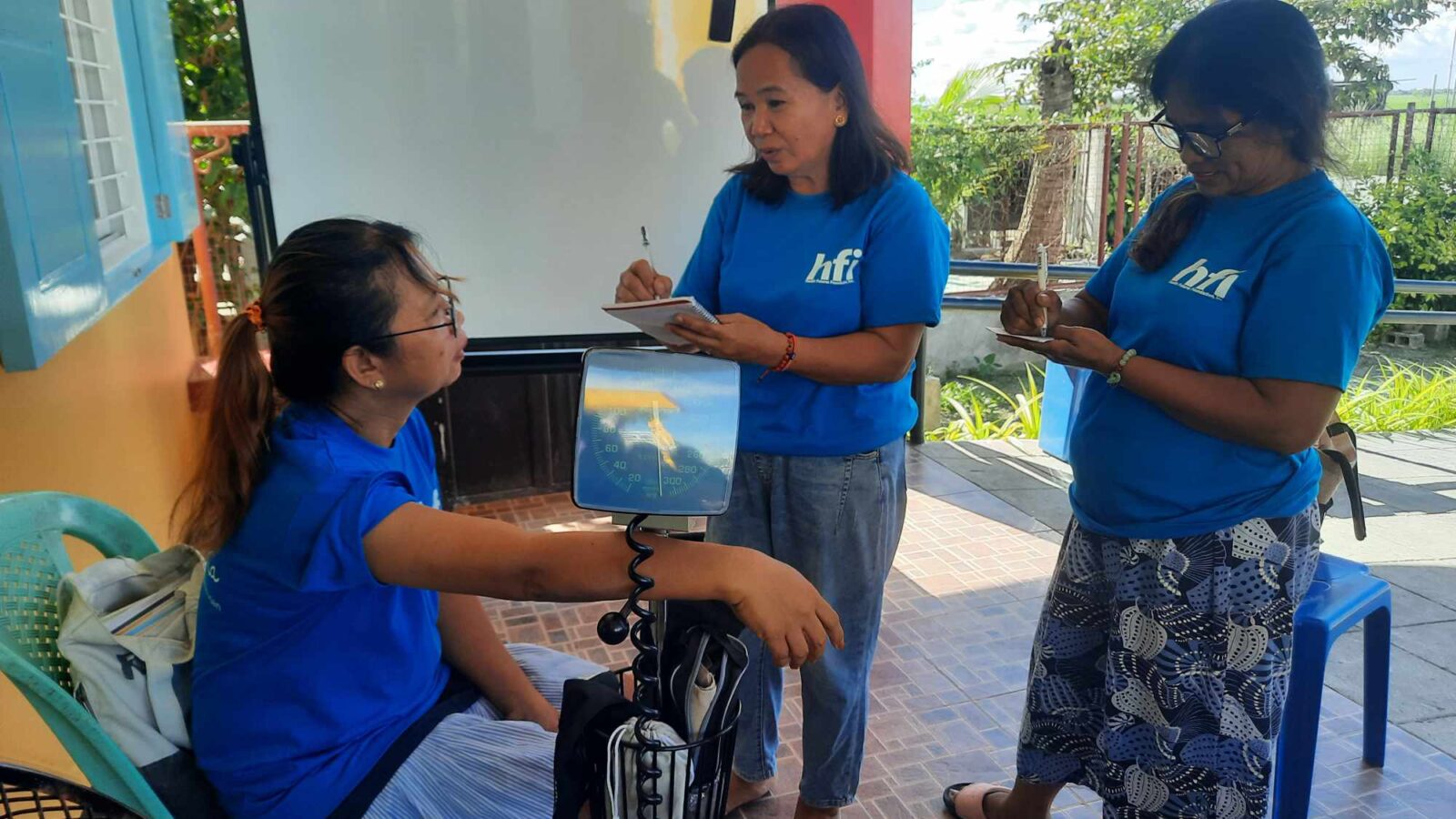
Afterwards, the CHNs conducted a series of training sessions to explain the mechanics of the teleconsultations to the BHWs. Forms such as the scheduling sheet, Consent Form, and Patient Record Form were introduced. Using a sample case scenario prepared by the CHNs, the BHWs practice accomplishing the forms, specifically, the patient’s personal information, vital signs, and medical history. The CHNs check the completed forms for errors and misrepresented data and suggest points of improvement to the BHWs. The succeeding sessions taught the BHWs on how to (i) coordinate with the medical doctor who will conduct the teleconsultations, and (ii) consult the Rural Health Unit (RHU) about the available medicines that can be prescribed. Multiple sessions were also held to simulate the actual teleconsultations.
Actual teleconsultations
Once the BHWs were ready, they coordinated with a licensed medical doctor (the RHU Physician in the case of Recuerdo, and a Volunteer Medical Doctor for Maasin) to schedule the teleconsultations. An inventory of the available medicines in the BHS and the RHU pharmacy was also done. Patients with non-urgent cases in the barangay were asked if they want to consult a doctor through teleconsultation, and they were scheduled after giving their consent.
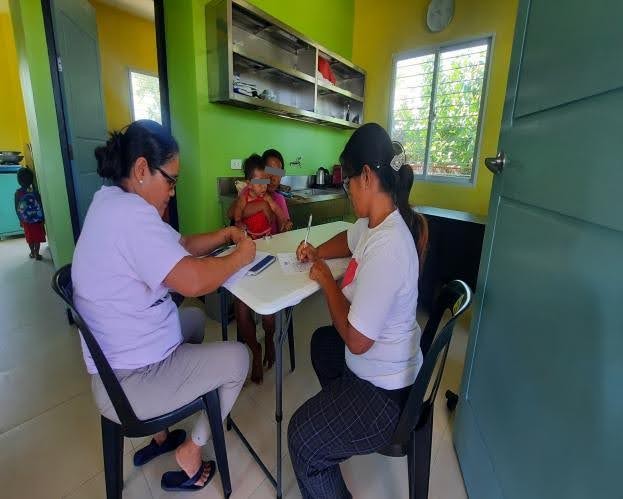
During the day of the teleconsultations, scheduled patients were interviewed by the BHWs to get their personal information and medical history. Their vital signs were also taken. Through messaging or email, using a smartphone or desktop computer, the BHWs sent the patient record forms to the medical doctor.
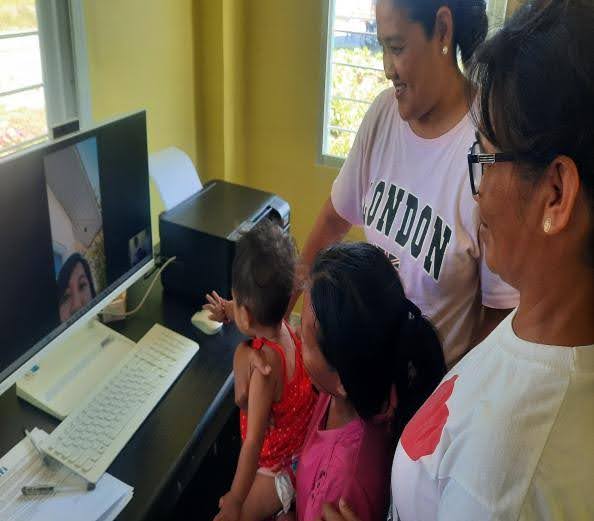
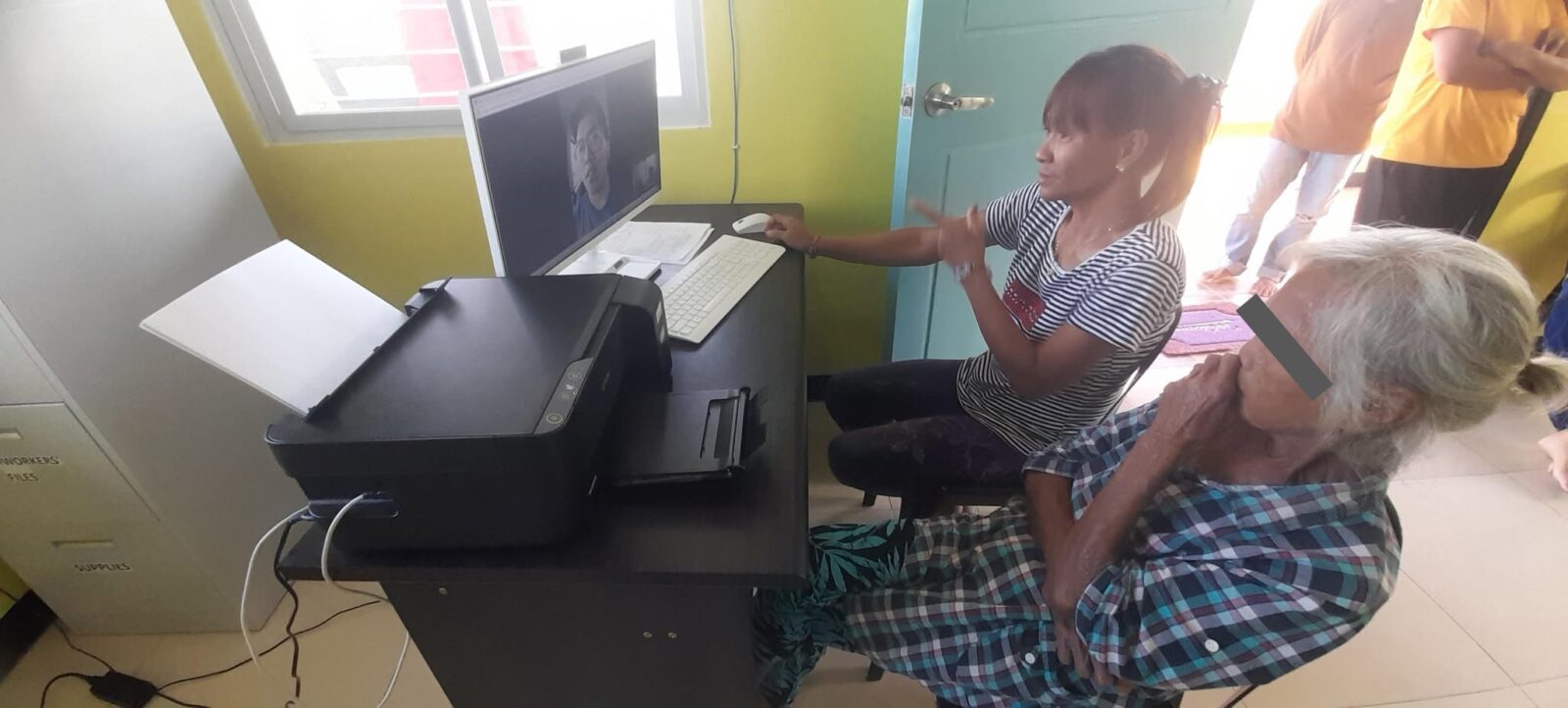
During the actual teleconsultations, the BHWs assisted the patients and the medical doctor in the virtual check-up through a free online platform for conducting live consultations. Copies of prescriptions and medical orders from the medical doctors were printed and communicated to the patients by the BHWs. The BHWs follow through with the patients’ health management plans.
Lessons on Teleconsultations
Teleconsultations in ALAGA KA sites are possible with the involvement of various stakeholders. The commitment of RHUs to accessibility and continuity of health care made every step of the teleconsultations possible. The spirit of volunteerism of medical doctors is also essential in bridging the gap or augmenting the health human resources needed. Moreover, the persistence and expertise of the CHNs played a huge part in leveling up the skills of the BHWs that are essential in facilitating the uptake and scheduling of teleconsultations. The willingness of the BHWs to learn the basics of navigating the computer, coordinate with different health professionals, and adapt to modern ways of providing health care made everything run smoothly.
Strive for Health Equity through Technology
Conducting teleconsultations with the collaboration of BHWs, CHNs, RHUs, and volunteer health professionals is expected to be part of HFI’s continuing efforts toward making primary health care accessible and equitable. Teleconsultation is also aligned with HFI’s involvement in building climate resilient and low-carbon primary health care infrastructures.
Providing primary healthcare services to more communities could be challenging. Seeing how teleconsultations actualize in ALAGA KA barangays tells us that greater access to health care is possible when various sectors own up their responsibilities and collaborate.
______
Written by: Lizette Anne Abibuag
Edited by: Michelle Alyssa Ann Fortea and Pedrito dela Cruz
__
To know more stories, visit this link.



